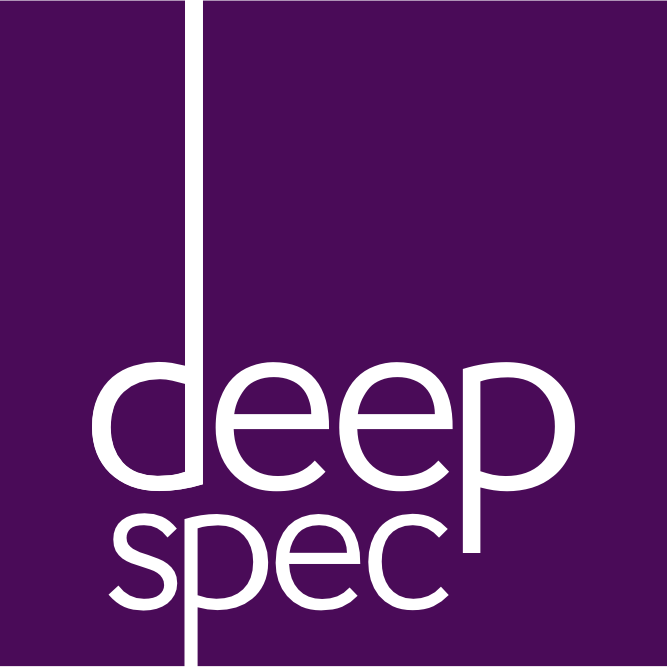DeepSpec Summer School, July 13-28, 2017
Program-specific proof automation Adam Chlipala
Preparation
Nothing beside the earlier lectures at this summer school. You might want to review files Semantics.v and Compiler.v from Xavier Leroy's lectures!
Lecture 1: Introduction to proof scripting and the Ltac language
Material
Suggested homework
Lecture recordings
Lecture 2: Proof by reflection and verified proof procedures
Material
Suggested homework
Implement a reflective procedure for normalizing systems of linear equations over rational numbers. In particular, the tactic should identify all hypotheses that are linear equations over rationals where the equation righthand sides are constants. It should normalize each hypothesis to have a lefthand side that is a sum of products of constants and variables, with no variable appearing multiple times. Then, your tactic should add together all of these equations to form a single new equation, possibly clearing the original equations. Some coefficients may cancel in the addition, reducing the number of variables that appear.
To work with rational numbers, import module QArith and use Local Open Scope Q_scope.. All of the usual arithmetic operator notations will then work with rationals, and there are shorthands for constants 0 and 1. Other rationals must be written as num # den for numerator num and denominator den. Use the infix operator == in place of =, to deal with different ways of expressing the same number as a fraction.
For instance, a theorem and proof like this one should work with your tactic (called reifyContext here):
Theorem t2 : forall x y z, (2 # 1) * (x - (3 # 2) * y) == 15 # 1 -> z + (8 # 1) * x == 20 # 1 -> (-6 # 2) × y + (10 # 1) * x + z == 35 # 1. Proof. intros; reifyContext; assumption. Qed.The effect of calling reifyContext is to replace the two hypotheses with one that matches the conclusion exactly. (The individual coefficients just happen to add up that way.)
Lecture recordings
Lecture 3: A tour of Coq proof automation at scale in a few projects
Postparation
More on this theme is found in Adam's books Certified Programming with Dependent Types, for general Coq strategies; and Formal Reasoning About Programs, for applications to semantics and program proof.

